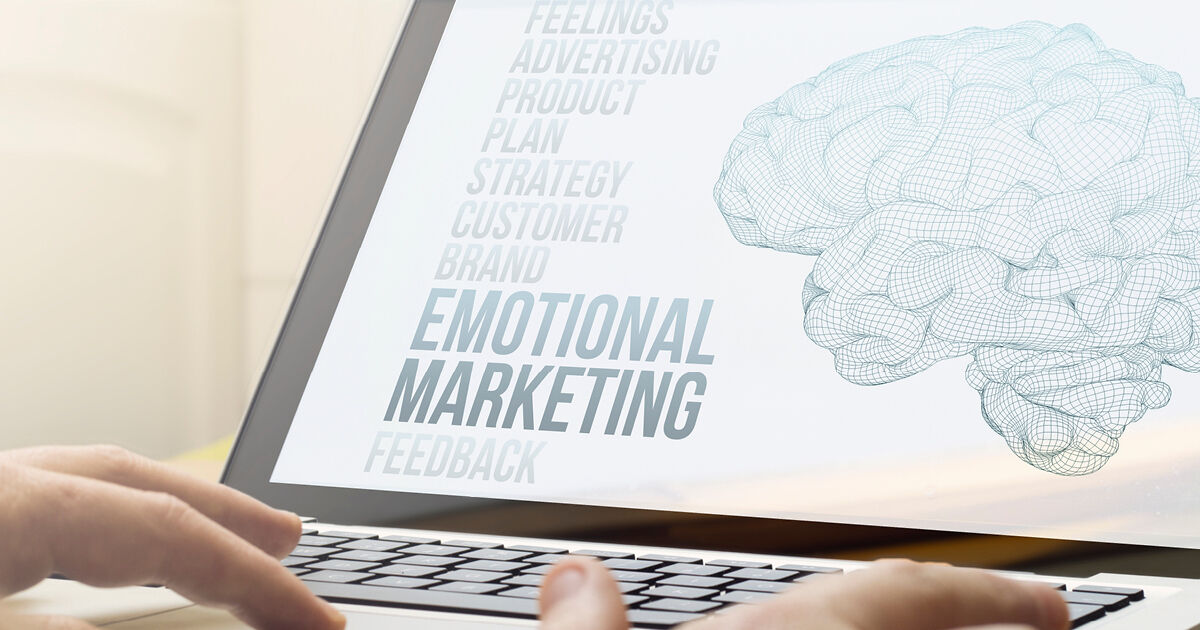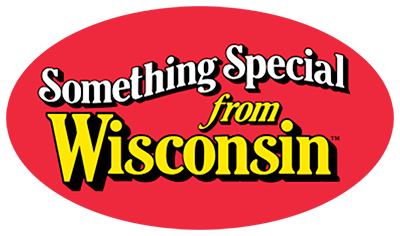How To Engage with Design & Advertising
Posted on June 16, 2023
Creative marketing and design are the first steps to show the public not only what you have, but also who you are. This is done by stimulating their imagination, knowledge and experiences to spark their interest and then an action.
This is achieved by using one of three methods: Rational advertisements rely on logic to make a point, such as the sky is blue or the ocean is deep. Emotional ads pull a feeling out of the targeted audience using humor, fear, or sorrow, depending on the purpose of the material. Lastly, Cultural promotions ask the viewer if they feel the message is relevant to them in some way.
The goal in most ads is to create a memorable message that becomes vital and may even become immortal. This is easier said than done, but how information is presented plays a big part in the engagement process.
Humor is known to grab attention faster than straightforward executions. People like to talk about and share things that make them laugh, which adds to the spread of information via word of mouth. Have you ever looked up funny commercials on You Tube and then feel like sharing it with someone? They may be nostalgic or just from the past year—think about the many progressive commercials that still stand out to this day.
Intriguing ads use words and/or imagery that requires attention, concentration or waiting for more information. It can be as simple as a logo and a future date indicating something is coming.
Aesthetic design provides fun and enjoying images to keep our focus. It could be a photograph of a sunset or an illustration of a beach. Color and images tell a story where the viewer acts as their own storyteller by putting themselves in this world.
Literal can work for well-known brands with a clear reputation, but otherwise produces a low recall rate. Big brands can solely use their logo or slogan and nothing else, but it’s less likely to engage mass conversation. Examples of this are: Nike’s logo and slogan on a white background or McDonald’s might show an order of fries in their iconic red packaging sporting their logo front and center.
Surprise and shock is another great way to get a response. By using unusual or grand elements the viewer may need to double take or focus on the entire ad before coming to their own conclusions. This may be received positively or negativity depending on how it’s developed and where it’s shown.
Ultimately the main goal is to deliver your main idea fast and have it absorbed, understood and accepted. If the viewer is confused or turned off too soon your message will fail in reaching them.

